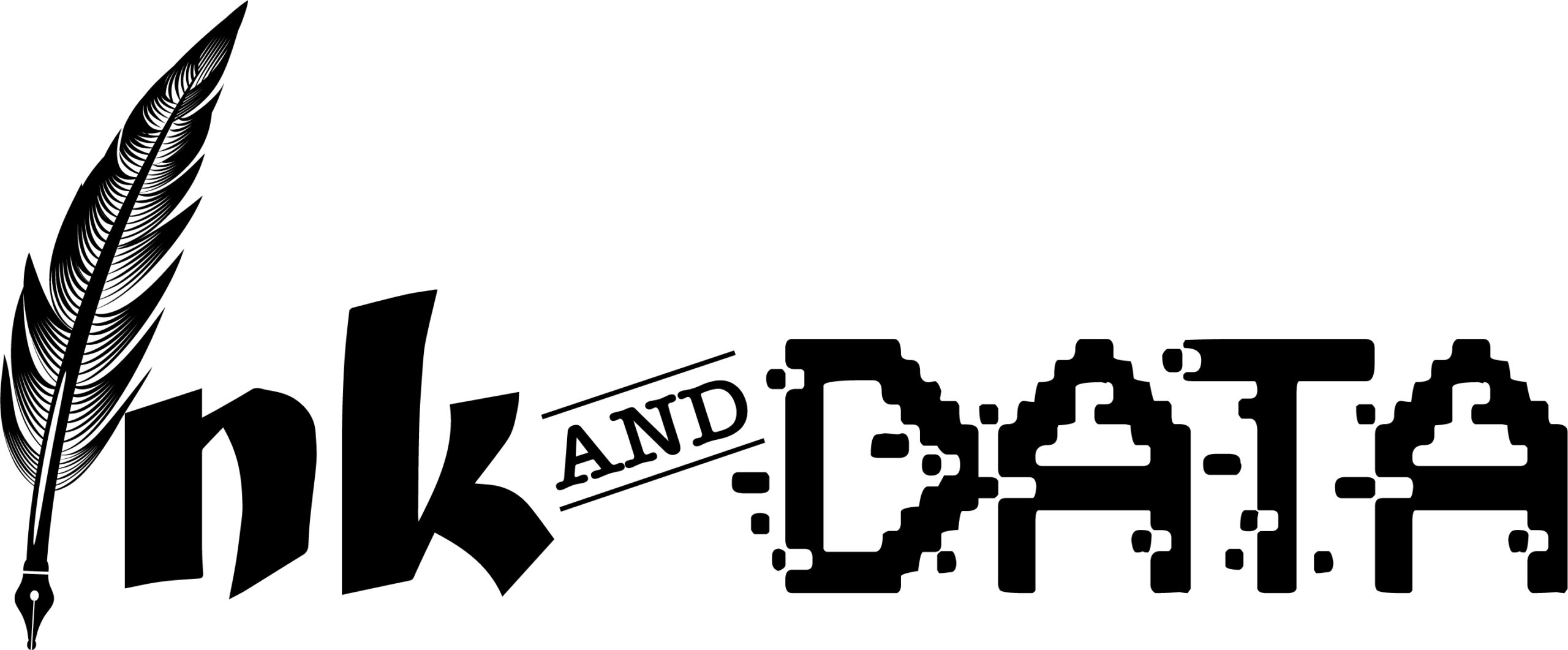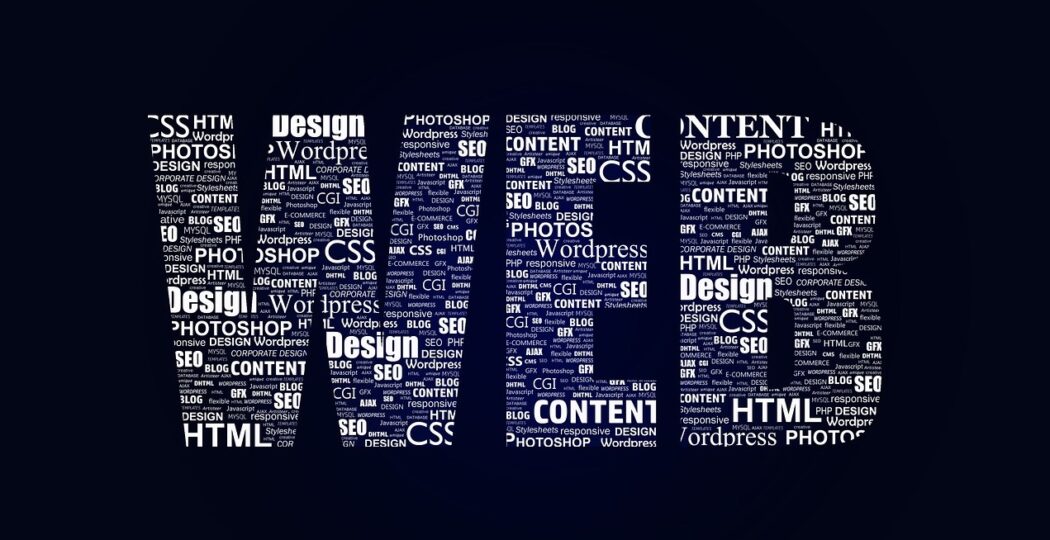In my previous Flashback Friday post, I wrote about how the launch of production level digital printers transformed transactional communications. They printed faster, and with higher quality, than line printers. These devices launched in the mid-1970s and, for about 20 years, they were the go-to technology. If you had a need to send out high volumes of transactional communications – like Explanation of Benefits (EOB) – you printed them on these devices and mailed them to your members.
But change was brewing. The first home computers launched in the late 1970s. The Internet launched even earlier – but both were more niche technologies at that point. There was no widespread consumer adoption of either. The Internet was not widely available and home computers were expensive, requiring a fair amount of skill to use successfully.
Here comes the Internet!
In the mid-1990s, the launch of Windows 95 and web browsers was a major turning point. This enabled widespread consumer adoption of home computers with the WYSIWYG/Mouse interfaces and dial-up modems to access the Internet. No one disputes dial-up modems were slow and cumbersome. But the ability to access the Internet enabled the launch of multi-channel delivery of transactional communications via email and websites that stored member information.
Why was there Payer interest in this? Because when you look at the actual costs associated with printing and mailing an Explanation of Benefits, you quickly understand this is an expensive proposition for large payers who send out millions of these documents.
Entrenched thinking still ruled
I need to stop for a moment to differentiate the corporate mindset on transactional versus promotional (marketing) communications. When Windows 95 and the Internet made their way into millions of households, there wasn’t much electronic data on healthcare consumers – other than claims data stored at a Payer level. Most patient information was paper based. You also need to understand that healthcare marketing was typically a standalone department, staffed by marketing personnel. They sold corporate leaders on the value of high quality (and expensive) communications being sent to members to demonstrate what a great insurance Payer they had.
In comparison, transactional communications like Explanation of Benefits were managed by Operations or IT. Payers were required to send them out monthly to members who accessed healthcare and the predominant view was “LOWER THE COST”! Every single aspect and cost associated with these communications was scrutinized for ways to reduce the overall price. And for those of you who are unfamiliar with these costs, let me highlight some of the detail required to truly understand the expense involved.
Oh, the complexity
Forget about all the data costs. This will only highlight the costs associated with printing and mailing an Explanation of Benefits. And this is a high-level review of it. You might think the only costs are paper, printing and mailing. But there are many more layers and decisions than you might think. Let’s document a selection of them:
- Composition: Payers send the raw data to the vendor who uses composition tools to format it for printing. Typically billed on a per impression basis.
- Zip sorting: To capture lower cost bulk mail rates, high volume Payers have their vendors validate their address data, add barcodes on the print, sort EOBs by zip codes, print and stack the EOBs in mailing trays and deliver them to a USPS bulk mailing facility.
- Consumables: Typically, paper and envelopes. What type of paper? What level of quality? Envelopes preprinted with logos? Single or double window envelopes? Any marketing inserts? Every decision affects the cost.
- Printing (Black and White, Spot Color or Full Color): Back in 1995, the differential between b/w printing and ANY color printing was huge. Typically billed on a per impression basis.
- Folding costs: You pay for each page to be folded for insertion into envelopes. More pages going in the envelope? More cost.
- Insertion: Different costs for different envelopes: #10, 6”x9” and 9”x11”.
- Postage: By weight, folks. Even with bulk rates, you pay more for heavier pieces with more pages in them. Rates are even higher for 9”x11” envelopes.
Every one of these decision points changes the overall cost. The managers responsible for these communications would calculate the total cost (including postage) for a mailed EOB with one page, two pages, three pages and beyond. Some pieces with a lot of inserted pages would end up costing well over a dollar to print and mail. The business owner would argue with vendors over fractions of a cent in every single expense category. That may not sound like much but, when you printed and mailed millions of EOBs every month, it added up to a significant amount of money.
Email and web portals come to the rescue
When millions of families purchased home computers, they set up email accounts and learned to surf the Internet. And it didn’t take long for companies to figure out they could post these transactional communications on websites, saving production and postage costs associated with printing and sending EOBs to members. The overall cost to deliver these communications electronically is a fraction of what it costs to print and mail them. As you might imagine, this single change dramatically affected the mail volume delivered by the USPS.
I do have to point out that Payers couldn’t switch you to electronic communications without your consent. So they ask and, once you agree, they get to cut costs on a massive basis. To this day you get pestered by companies to sign up for electronic communications. They don’t want to print and mail anything.
Companies pushed for electronic adoption of all communications as quickly as they could. Yes, these communications were rudimentary at first. And the websites certainly were basic given the slow Internet access – but the horse was out of the barn. As Internet access speeds increased, and computers became more powerful, companies improved their websites and started moving into highly personalized electronic communications. That will be the subject of the next Flashback Friday post!


No Comments